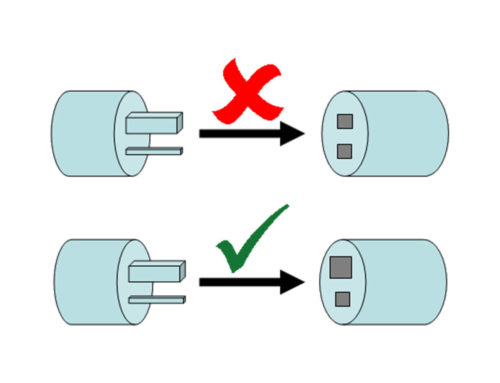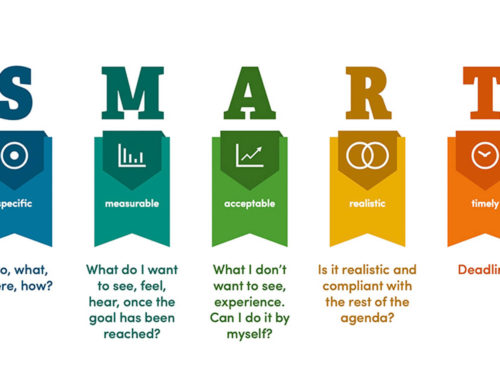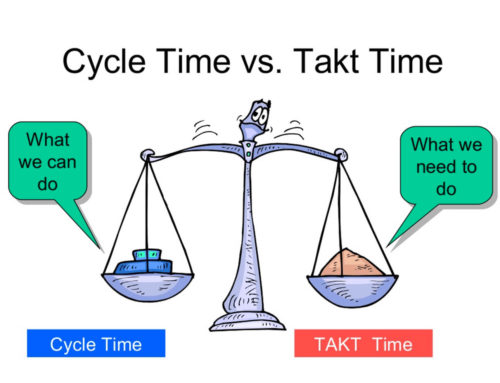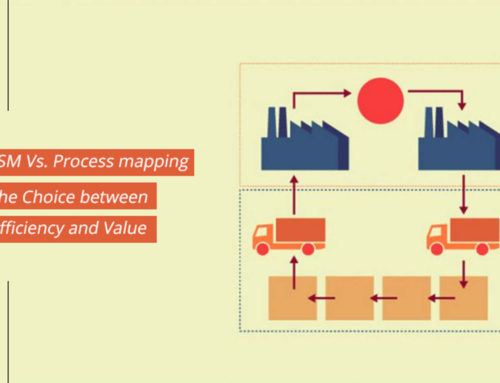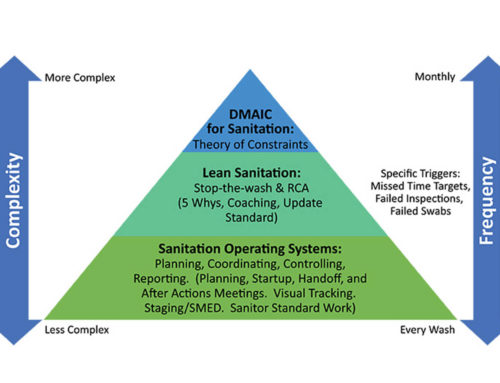The advent of Alibaba changed the game for the global retail industry. The retail market rank began to shuffle, as China started witnessing high sales of goods through the online distribution channel. Numerous online distributors such as Amazon entered into a fierce competition to achieve high sales and customer retention.
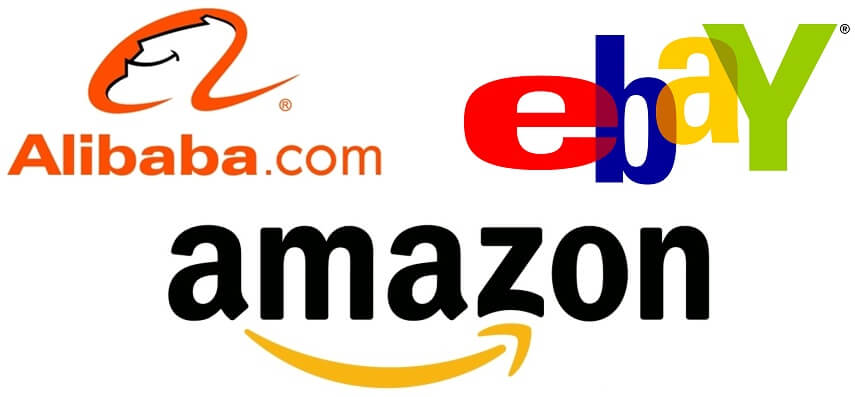 All this while China performed excellently in the retail sector, at the global front, with low-cost consumer goods and a strong distribution network. This sustained, ever since the Chinese retail industry has been booming. The country was likely to reach the pole position in 2019, as per the study. But the equation between the U.S. and China, given the influence of the ongoing trade war, didn’t let China’s retail leap catapult to its desired heights.
All this while China performed excellently in the retail sector, at the global front, with low-cost consumer goods and a strong distribution network. This sustained, ever since the Chinese retail industry has been booming. The country was likely to reach the pole position in 2019, as per the study. But the equation between the U.S. and China, given the influence of the ongoing trade war, didn’t let China’s retail leap catapult to its desired heights.
The trade war is inadvertently affecting the global economy, and businessmen and consumers are facing turbulence of equal magnitude.
How is the Trade War Affecting the Retail Sector?
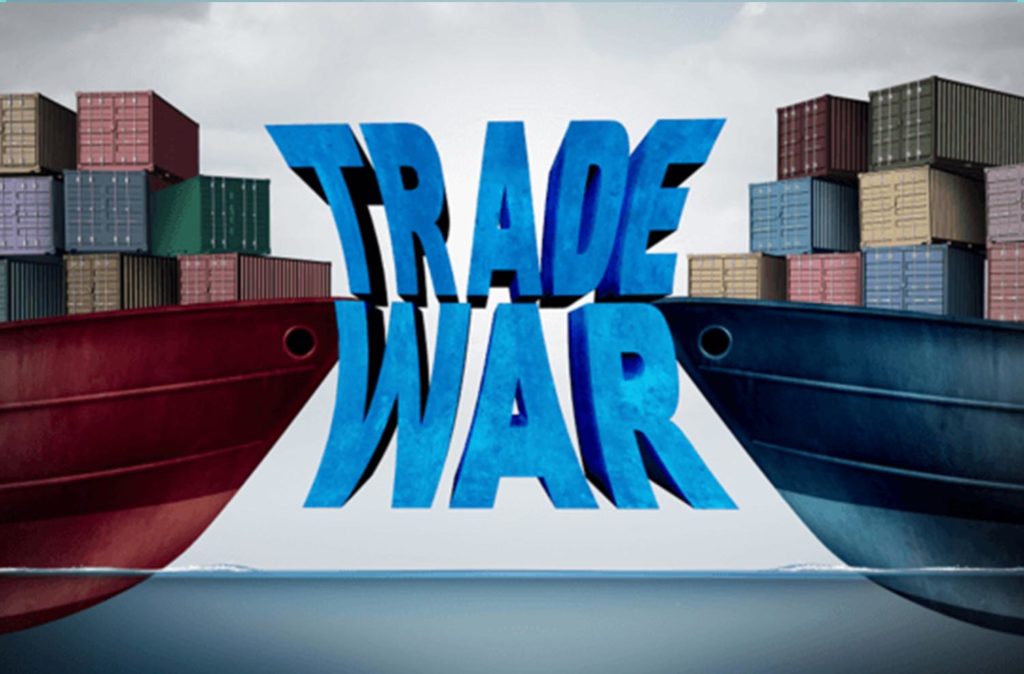 Advocates have a differing opinion as they believe that the trade war is beneficial for a country. Moreover, it unlocks the horizon for domestic businesses to thrive. The U.S. boasts abundant reserves of financial and technological resources. However, the country falls short of human resources and labours. The ones that are available to work have high charges. Given the influence of this scenario, leading companies began making a shift towards developing countries, such as India and China, owing to the low set up, overhead, and labour cost.
Advocates have a differing opinion as they believe that the trade war is beneficial for a country. Moreover, it unlocks the horizon for domestic businesses to thrive. The U.S. boasts abundant reserves of financial and technological resources. However, the country falls short of human resources and labours. The ones that are available to work have high charges. Given the influence of this scenario, leading companies began making a shift towards developing countries, such as India and China, owing to the low set up, overhead, and labour cost.
Besides realising an ideal supply chain, leading companies began witnessing high demand in these countries due to the now-reduced price of products. Gradually, India and China started gaining popularity as manufacturing hubs across the world, thereby attracting more FDIs. This shift instigated the U.S. to bring back the manufacturing facilities to the country. Then began the tariff-war or as commonly known as the trade war. The impact of the trade war is not limited to only the U.S. and China; it is gradually moving to India. India, in turn, is an attractive manufacturing hub, which has attracted a red eye of the U.S., thereby leading to trade war and economic instability in the country.
In India, when companies began experiencing the effect of new tariffs, the extra cost of the tax started to pass onto the final goods for consumers to bear it. This additional cost induced and is likely to continue to create a slowdown in the uptake of consumer goods.
Keep Calm and Trust the Technology
 While the U.S. and China and the U.S. and India are at trade war, the businessmen operating in the retail industry are at war with the socio-economic vulnerabilities. Businessmen have no say or do in this increasing tariff rates or the unfortunate trade war. All you can do is shift take a cue from the situation, analyse the demand from consumers, and plan your supply accordingly.
While the U.S. and China and the U.S. and India are at trade war, the businessmen operating in the retail industry are at war with the socio-economic vulnerabilities. Businessmen have no say or do in this increasing tariff rates or the unfortunate trade war. All you can do is shift take a cue from the situation, analyse the demand from consumers, and plan your supply accordingly.
In this digital era, there is a high availability of AI-driven demand predictive analytics tools. These tools can help you predict consumer demand with high precision and speed, which can help you make a well-informed business decision.
So, irrespective of threats to your retail business, it is always wise to make the most of the technology for building a sustainable business.
In the next blog, we will discuss how multichannel means of transferring the information to the customers has eventually grown to be a challenge for FMCG and Retail Market.


